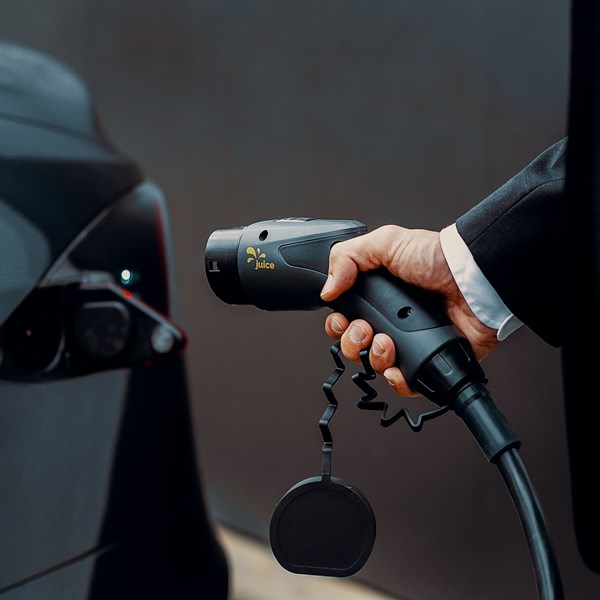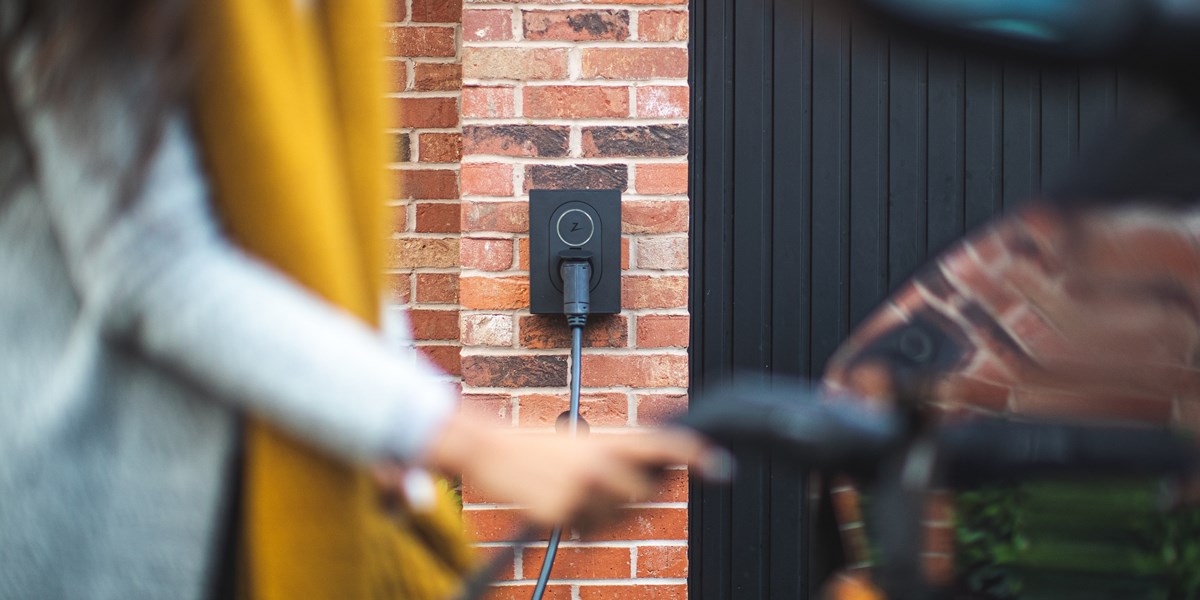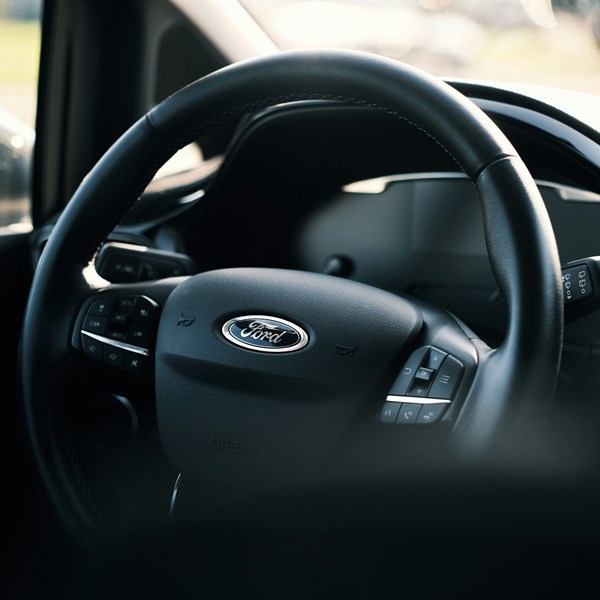This article was first published by BEST Magazine and can be found here.
When developing innovations with potential global application, many energy storage inventors understandably consider how they can obtain the widest geographic patent coverage possible, potentially covering all countries of the world. In reality of course, patents are generally national rights that are obtained on a ‘country by country’ basis or by using a regional patent system, with companies being strategically selective about where they file.
A COST/VALUE EQUATION
A patent is a commercial tool giving you the right to take action against anyone who makes, uses, sells or imports your invention without your permission. So, when we consider wider geographical coverage it is important to evaluate the cost and time of securing patent protection against the risk a potential competitor could present. How disruptive could the competitor be to your market position in a particular country? A patent is a right to stop others and is enforced by you taking legal action against an infringer and if there is a risk of infringement, you may need to review whether the legal system of the country would meet your needs. It is also important to consider cost and ultimately, what might be greater - the cost of obtaining and maintaining the patent right or the income, such as from licencing revenue you could obtain from a local company that exploits the local market on your behalf?
After considering these factors, most companies tend to focus on key sale markets, countries that have a developed manufacturing industry for their invention and countries in which their competitors operate. However, even when the risk vs. value assessment has been made, protecting a large number of countries may still be in the patent applicant’s interest.
PARIS CONVENTION - THE RIGHT TO PRIORITY
A patent is granted for inventions that are new and inventive. Patents are typically examined against the “state of the art”, which is everything that is publicly available before the date on which the patent application is filed. This would suggest that a patent application should be filed in all countries before any disclosure is made. However, this is where the Paris Convention can help.
The Paris Convention provides for the right of priority. This means that, on the basis of a first patent application filed in one country, the applicant may, within 12 months, apply for protection in any of the other countries that are party to the Paris Convention. These subsequent applications will be regarded as if they had been filed on the same day as the first application. Therefore, a patent applicant can file a single patent application, such as in their home country, and then have 12 months in which to file in each foreign country. The Paris Convention has been adopted by 177 countries (as of March 2021).
Therefore, the Paris Convention allows applicants 12 months to take on the task of implementing their patent filing programme.
THE PATENT COOPERATION TREATY (PCT)
The PCT is the closest option to a worldwide patent and it is important to understand why it is different. The PCT makes it possible to seek patent protection for an invention simultaneously in each of a large number of countries by filing an "international" patent application. This application may be filed by anyone who is a national or resident of a PCT Contracting State. However, the PCT is an application process and once a time limit is reached, separate patent application filings in each country or region of interest must be sought to continue the process of obtaining rights in those countries or regions.
The PCT covers 153 states1 and therefore other arrangements will need to be made to cover the non-PCT countries. Countries not included in the PCT but that can be pursued by way of the Paris Convention comprise2 Afghanistan, Andorra, Argentina, Bahamas, Bangladesh, Bhutan, Bolivia, Burundi, Democratic Republic of the Congo, Guyana, Haiti, Holy See, Iraq, Jamaica, Lebanon, Mauritius, Nepal, Pakistan, Paraguay, Suriname, Tonga, Uruguay, Venezuela and Yemen (as of February 2021). The PCT also does not cover Taiwan.
REGIONAL PATENTS
The are several patent systems that apply to groups of countries which can reduce the administrative burden and cost of applying for protection. The most well-known is the European Patent which can cover 38 European countries and be extended to cover Bosnia and Herzegovina, Montenegro and be validated to have effect in Cambodia, Moldova, Morocco and Tunisia. Africa has two regional patent systems – ARIPO and OAPI, which each cover a specific group of jurisdictions. Protection in the Middle East can be obtained using the Gulf Cooperation Council system which covers Bahrain, Kuwait, Oman, Qatar, Saudi Arabia and the United Arab Emirates.
COUNTING THE COST OF GLOBAL PATENT DOMINATION
Obtaining protection worldwide carries a cost. There is the cost of drafting the text and drawings of the patent application as well as the cost of official fee payments to the Patent Office of each country of interest. The fees involved in drafting a patent depend on the complexity of the invention, with a professionally drafted application likely to cost in the region of £3000-£9000 (€3500-10,000, US$4000-12,500). Filing of the application in the first country may cost around £500-£2000 in attorney charges along with any additional official fees, which may range from nil to £1500. If the applicant is content with the 153 states available through the PCT system, then a PCT application could be filed with the official fees of around £2,800 if the application is to be searched by the European Patent Office (EPO). Accordingly, with attorney fees for advice and filing the application, the cost may be around £4000.
As mentioned, even with the PCT route there comes a time when the applicant must select in which of the 153 countries they wish to proceed. At this point, there are costs associated with the official fees of the local Patent Office as well as translation fees to have your patent application text translated into the local language, if required. As a rough estimate, the cost is around £2500-£4500 per country. In this scenario, you then must get the patent applications granted in each of those countries, which could be straightforward or complex depending on whether or not you want to fight for the broadest protection possible for your invention.
By way of an example, if we consider proceedings in all 153 states, along with the costs to date, we see the total for (near to) global patent application domination could amount to more than £400,000 before the further cost of prosecuting the applications to a granted state. Once allowed and having paid any grant fees due, the patent rights typically need to be maintained by payment of annual fees to each national patent office for up to the 20-year maximum lifetime of a patent.
As such, in many scenarios, the cost and administrative burden of pursuing protection may simply outweigh the risk of a competitor interfering to a degree that significantly harms your market share.
WHERE ARE PATENT APPLICATIONS FILED?
According to the WIPO Statistics Database in its IP Facts and Figures 2020 publication3, 3,224,200 patent applications were filed worldwide in 2019. This table, based on data from the WIPO Statistics Database, shows the number of patent applications filed in selected countries in 2019.
| Office | Patent applications in 2019 |
| China | 1,400,661 |
| U.S. | 621,453 |
| Japan | 307,969 |
| Republic of Korea | 218,975 |
| European Patent Office | 181,479 |
However, there are many other countries that receive far fewer applications, such as Barbados with 31, Seychelles with 12, Madagascar with 30 and Samoa with 3.
Therefore, it can be concluded that it is very rare for companies to pursue truly worldwide patent coverage. What is more important is to evaluate where you will be able to make effective use of the patent right to maintain a dominant position against known competitors. Will you be using your rights to reduce the risk of new competitors in countries or regions or to exploit opportunities to licence local companies in countries that are difficult for you to service yourself?
WHERE SHOULD BATTERY TECHNOLOGY COMPANIES FILE?
When determining a sensible geographic scope of patent protection for an innovative new lithium-ion battery development for example, an applicant could look at including countries with the highest manufacturing capacity, which are China, Japan and South Korea. Canada, USA and several European countries (Germany, UK Finland, France, Sweden) are typically cited next4. If we look towards demand for lithium-ion packs in addition to these locations, Australia, India and Vietnam are also notable. The inventor could then turn their attentions to the countries that consume the most electronics that may contain the innovative battery.
The historical patent filings of chemicals business, LG Chemical Ltd in the field of secondary cells, shows that the most popular countries for filings are South Korea, WIPO (which designates use of the PCT system), USA, China, Europe and Japan. There are fewer patent filings recorded for Taiwan, India, Brazil, Russian Federation, Canada and Australia, essentially confirming the company is selective over where it pursues protection.
Ultimately, while global patent protection may, at first glance, appear to be the best form of protection, commercial realities will often dictate a more measured strategy. There is no universal formula for success because each innovation will require a considered approach, according to the breath of applications, the territories in which it will have the broadest commercial appeal, and the resources at your disposal.







